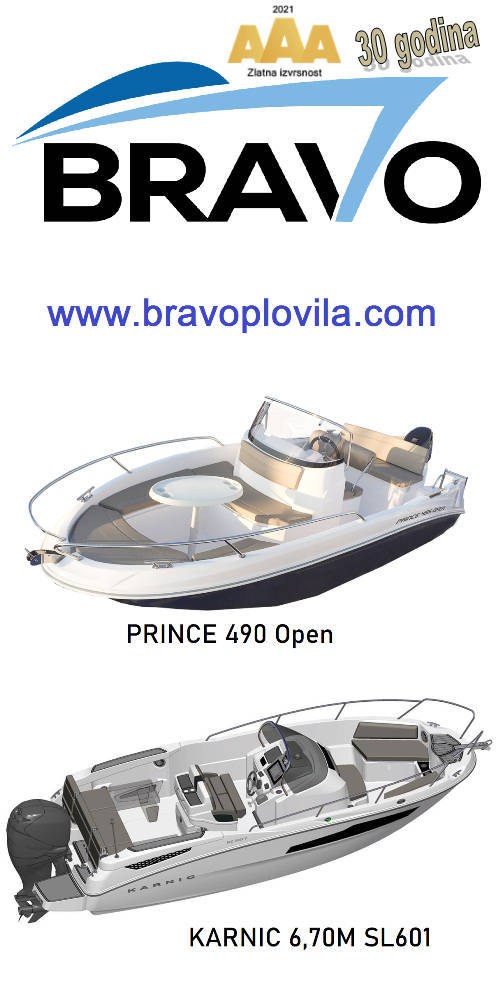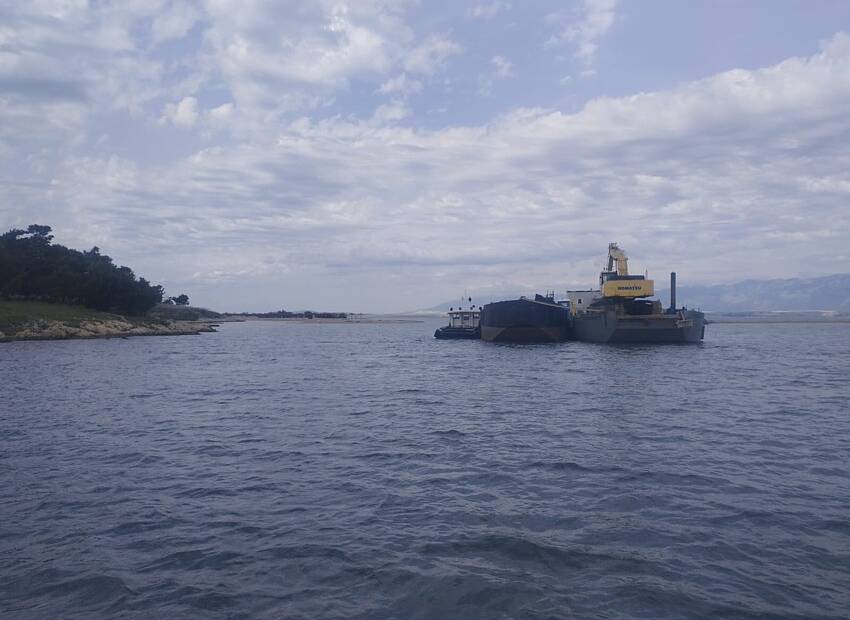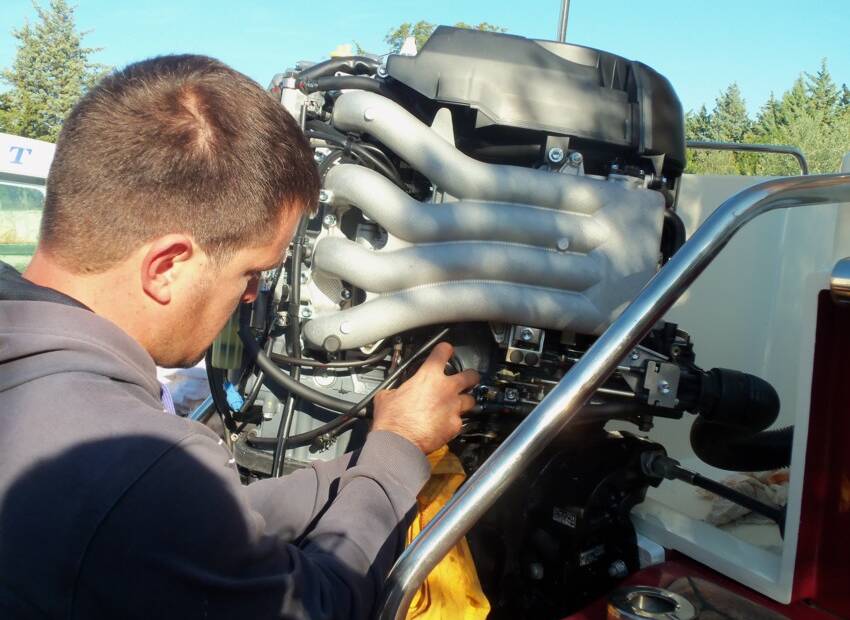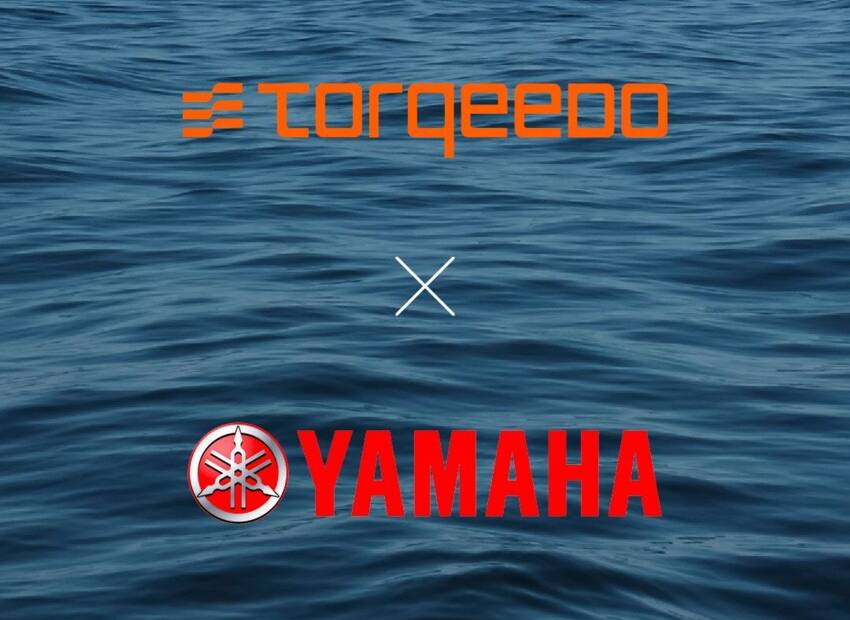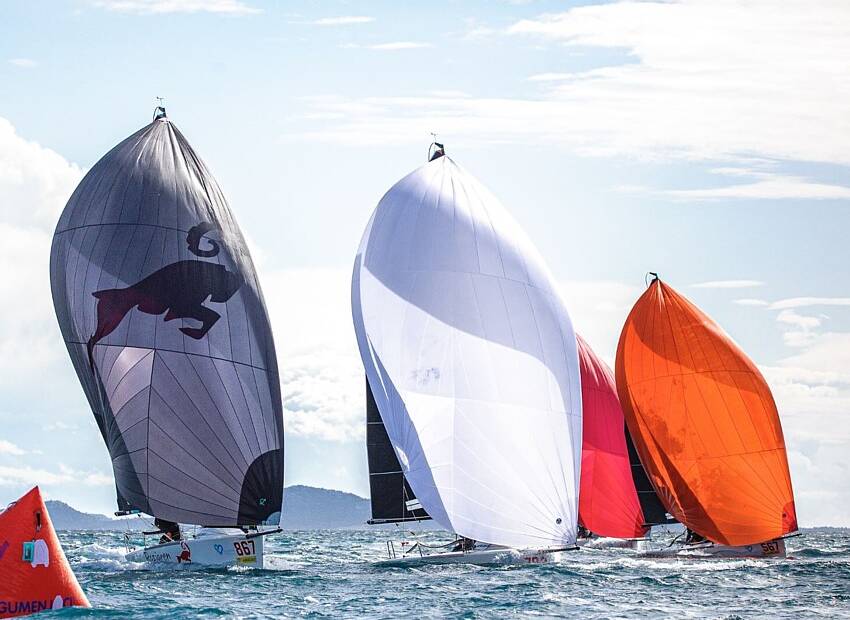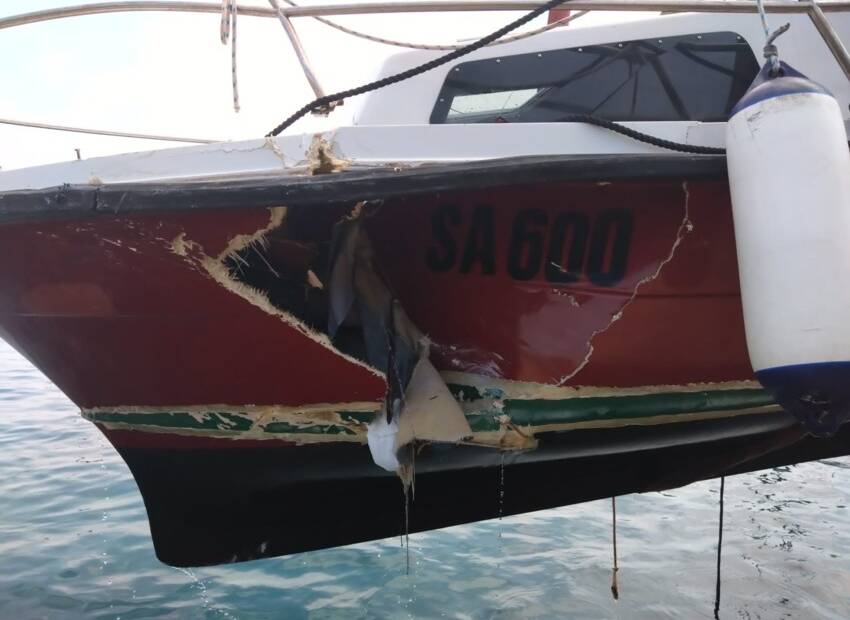Not all fires should be treated alike. The source and location of a fire will determine which extinguishing agent should be used for maximum effect. Many people learn at home, for example, that throwing water on a stove-top grease fire (Class B) will cause a violent spattering reaction and spread the burning grease elsewhere. Matching the agent to the fire begins with an understanding of how fires are classified:
• Class A fires consist of all combustible solid materials, such as paper, wood, cloth, rubber, and many plastics including the fiberglass reinforced plastic used for decks and hulls.
• Class B fires consist of all flammable liquids, including stove alcohol, grease, gasoline, diesel, kerosene, oil, oil based paint, teak oil, paint thinners, acetone, varnishes, and flammable gases or fumes.
• Class C fires consist of energized electrical equipment. Class C fires are identified for their potential to electrocute or shock personnel if conducting water-base extinguishing agents are applied. Turning off the electricity will change the status of a Class C fire to a Class A and/or B fire.
Note that Class A, B, and C categories are not subdivided any further, so it may be easier to think of them as (A) solids, (B) liquids, and (C) electrical fires; there´s no need, for example, to waste time distinguishing between alcohol or kerosene when your stove’s on fire.
The In´s & Out´s of Portable Fire Extinguishers
All fire extinguishers are rated according to the extinguishing agent´s effectiveness in controlling one or more classes of fire. For example, ABC-rated extinguishers, commonly called multi-purpose or tri-class extinguishers, are capable of fighting all three classes of fire. Numbers preceding the letters (on portable units only) indicate an agent´s relative effectiveness in extinguishing that particular class of fire. For instance, a 10 BC dry chemical extinguisher is twice as effective in putting out a fire as a 5 BC unit. Multi-purpose 1A-10 BC dry chemical extinguishers are becoming more popular as an alternative to the common 10 BC extinguishers because of the additional Class A rating, especially since the additional cost is minimal (less than $5).
In general, dry chemical extinguishers, which use a chemical powder to smother the source of the fire, are the favored choice in the boat’s cabin. Not only is a dry chemical extinguisher more effective, it is easier for an inexperienced user to direct the discharge plume to the base of the flame from a safe distance. Conversely, extinguishers with gaseous agents (CO2, Halon, and Halon replacements FE-241 and FM-200), which react with the surrounding oxygen, aren’t as effective in a cabin because the gases are often dissipated before the fire is extinguished.
The ABC units have the drawback of often ruining equipment, but because the priority is on safety and the overall effectiveness of the extinguishing agent, the American Boat & Yacht Council (ABYC) recommends that ABC multi-purpose extinguishers be used in most instances on boats under 65´. The ABC extinguishers not only reduce confusion about what to use and where (saving time), but also cover the possibility that, for example, any Class B fire that spreads from the stove to the curtains (Class A) can be fought with the same extinguisher.
Next - Fixed Systems in the Engine Room
● Your Boat’s on Fire… Now What? (1)
boatus.com






